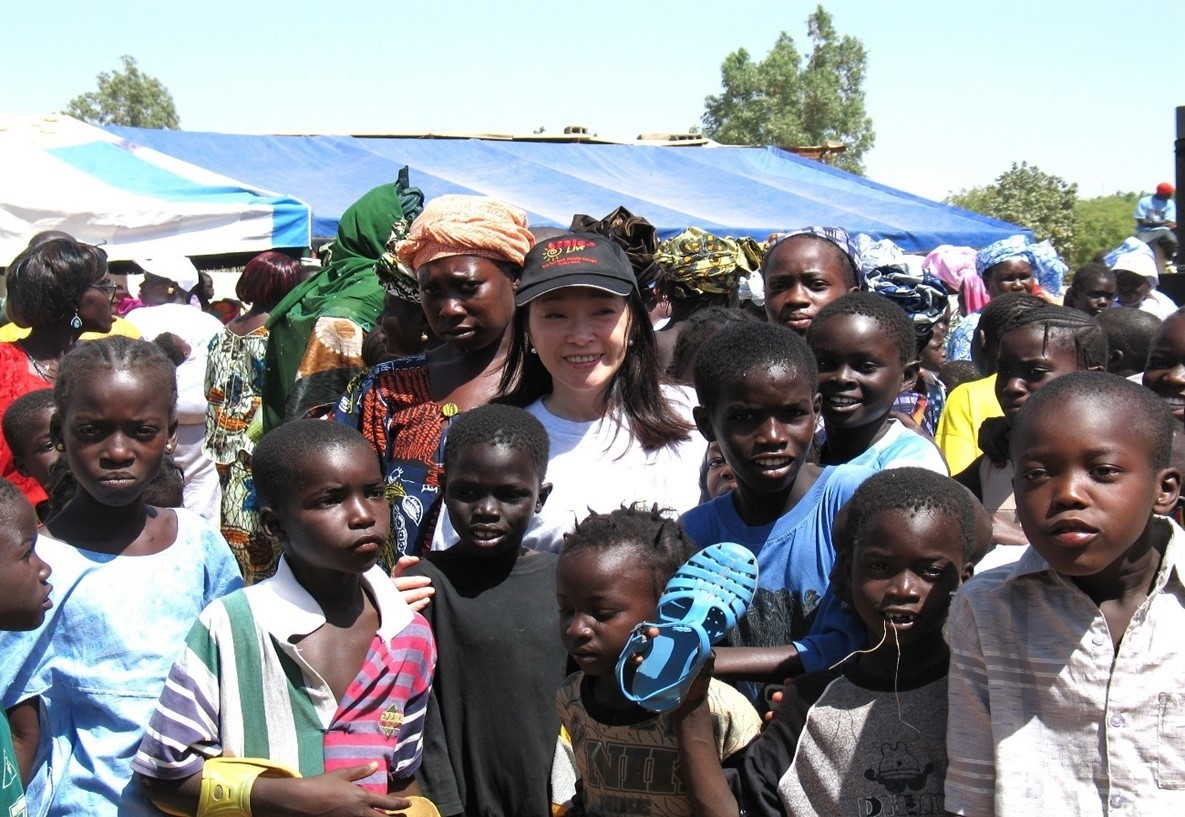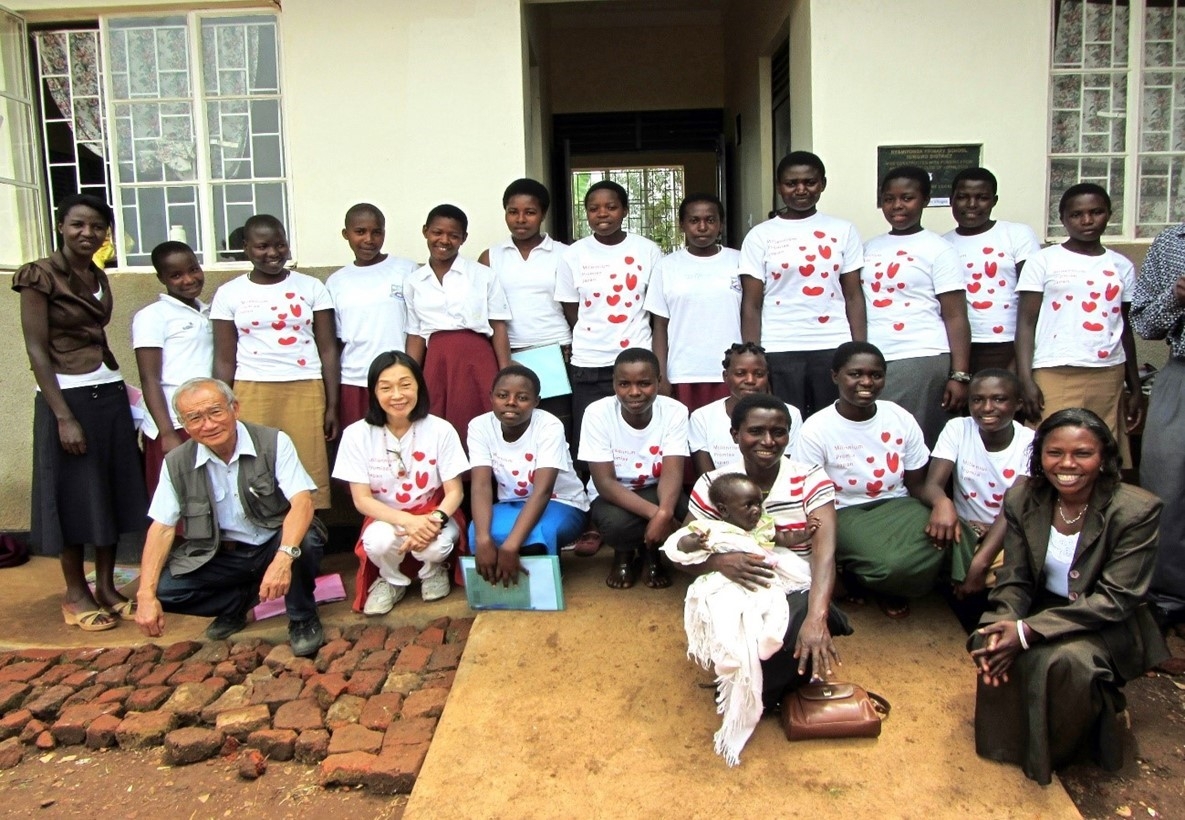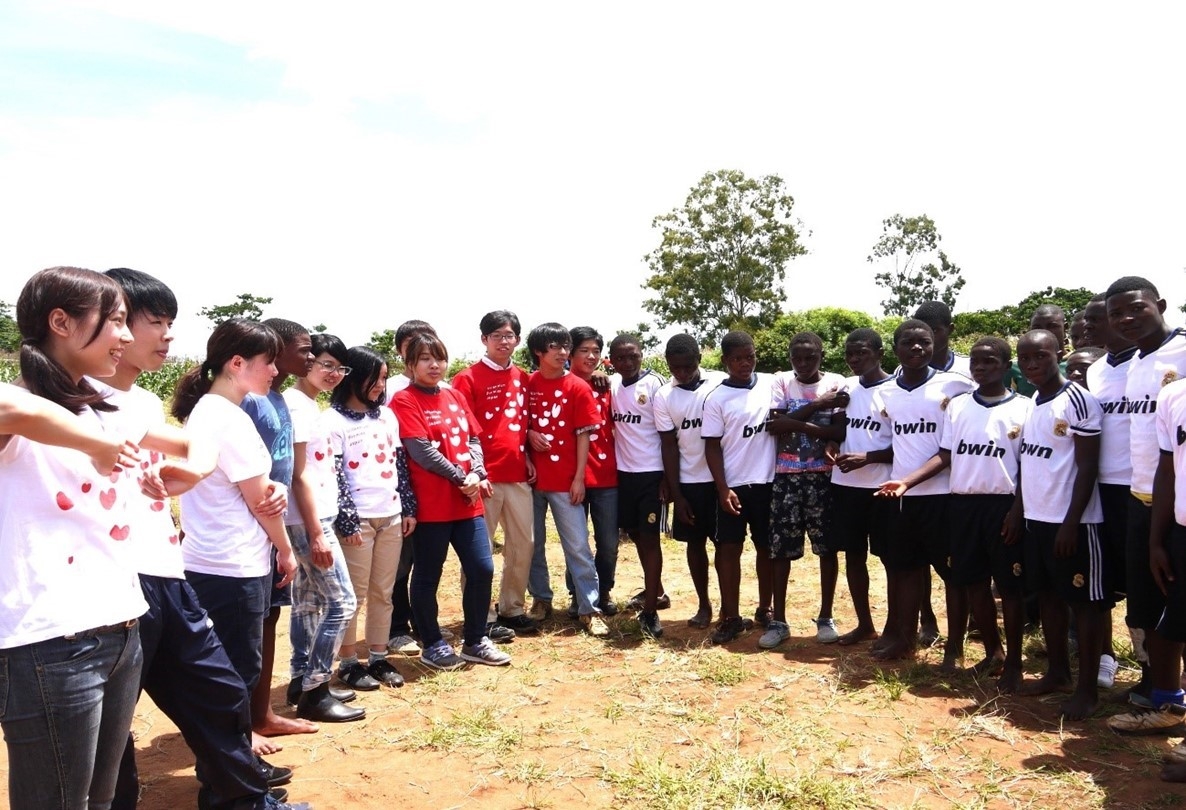POLICY
Rieko Suzuki, Board Chair, SDGs Promise Japan
February 03, 2023
Background of SPJ
SDG Promise Japan (SPJ), of which I chair, is a certified specified non-profit organization in Tokyo established in 2008 by my husband Shinichi Kitaoka (Professor Emeritus of the University of Tokyo and former President of the Japan International Cooperation Agency - JICA) and myself. It was originally named Millennium Promise Japan, which we then changed when the Millennium Development Goals (MDGs) transitioned to the Sustainable Development Goals (SDGs). Its original purpose was to contribute to the achievement of the MDGs, which set out to reduce poverty, and currently works towards achieving the SDGs since 2016 as a global alliance of Millennium Promise (MP), founded by Professor Jeffrey Sachs (University Professor at Columbia University and then-Special Advisor to the UN Secretary-General) and others.
Shinichi, who served as the Deputy Permanent Representative of Japan to the United Nations (Ambassador Extraordinary and Plenipotentiary) by political appointment from 2004 to 2006, became involved in the United Nations Millennium Villages Project (MVP-MP in collaboration with the United Nations Development Programme (UNDP) and others) during our time in New York, which became the catalyst for the establishment of SPJ. He saw the impact that the project could have, and encouraged the Japanese government to scale up the project from two countries to ten.
Since its launch, the MVP project has established 14 Millennium Villages (MVs) across 10 countries in remote areas of sub-Saharan Africa, which are among the poorest in the world, providing an annual intervention of $120 per villager. The aim was very ambitious: to provide comprehensive support in multiple areas, including food, education, gender equality, health and sanitation, safe water, and infrastructure, so that villagers could escape the poverty trap and become self-reliant by the MDG deadline of 2015. I was personally moved by Professor Sachs' words, "Extreme poverty can be eliminated in our generation.”
Shinichi, who served as the Deputy Permanent Representative of Japan to the United Nations (Ambassador Extraordinary and Plenipotentiary) by political appointment from 2004 to 2006, became involved in the United Nations Millennium Villages Project (MVP-MP in collaboration with the United Nations Development Programme (UNDP) and others) during our time in New York, which became the catalyst for the establishment of SPJ. He saw the impact that the project could have, and encouraged the Japanese government to scale up the project from two countries to ten.
Since its launch, the MVP project has established 14 Millennium Villages (MVs) across 10 countries in remote areas of sub-Saharan Africa, which are among the poorest in the world, providing an annual intervention of $120 per villager. The aim was very ambitious: to provide comprehensive support in multiple areas, including food, education, gender equality, health and sanitation, safe water, and infrastructure, so that villagers could escape the poverty trap and become self-reliant by the MDG deadline of 2015. I was personally moved by Professor Sachs' words, "Extreme poverty can be eliminated in our generation.”
My First Visit to Africa
In 2005, on my first visit to Africa, I traveled alone from New York to Dakar, the capital of Senegal, where the Roll Back Malaria concert "Africa Live" was held. The event was covered extensively by the international media, and I met an executive from Sumitomo Chemical, a major sponsor of the event, which had developed the Olyset net, an insecticidal net used to ward off mosquitos that has been demonstrated to be effective, long-lasting, and safe for humans. I later invited him and Professor Sachs to our residence in New York City. As a result, Sumitomo Chemical's Olyset nets were donated to the MVs, and have been a great success in the fight against malaria. At the time, Professor Sachs claimed that HIV/AIDS and malaria were hindering economic growth in Africa, and whenever he gave lectures around the world, he went around explaining how Olyset was contributing to Africa's development.

Girls' Education at Millennium Village
By 2015, I had visited most of the MVs. When I visited Ruhira Village, an MV in Uganda, I learned that several girls had passed the Primary School Leaving Examination (PLE) with a Division 1 (top class), a first for that village. When electric light was made available in the elementary school classrooms, the girls stayed at the school to study. SPJ built an elementary school and interviewed girls who had excellent grades but had difficulty entering higher education, and helped them to receive six years of education at a junior and senior high school, each with a boarding house. We also stayed at the girls' homes, which were built on a mountainside slope with no electricity or running water, and deepened our friendship with them. One of the students from MPJ Youth (SPJ's student organization) who stayed with me at that time is now working as a diplomat. Out of the 20 girls we supported, the most impressive was Evalyn, an orphan raised by her 100-year-old grandmother. With the support of a group of Japanese women, she studied at a well-known girls' school in Uganda and now works as a nurse. Another girl obtained a scholarship to study at Makerere University and hopes to study in Japan in the future.

Ghana Vocational Training School Construction Project
With the exception of last two years (due to the pandemic), I have visited MVs with about 10 MPJ Youth students almost every year since 2010, to encourage Japanese youth to broaden their horizons. In the spring of 2020, we stayed in the village of Bonsaaso, Ghana. At that time, the local MP staff asked us to build a vocational training school for the youth there, since the land was available. Illegal mining by China had flourished in the gold mines in the area, and many local young people have lost their livelihoods as a result of restrictions imposed by the Ghanaian government due to concerns about environmental pollution and poor working conditions. The vocational training school was desired by local residents a means to ensure formal jobs.
Fortunately, world-renown architect Professor Kengo Kuma (University Professor at the University of Tokyo) volunteered to create the design blueprints. Professor Kuma had been fascinated by African culture since his youth, and during his graduate school days, he drove across West Africa for two months and visited the area around what would later be the proposed construction site. As Prime Minister Fumio Kishida mentioned in his opening speech at the 8th Tokyo International Conference on African Development (TICAD 8), Professor Kuma has cooperated with SPJ to "give back to Africa" because his design aesthetic originated from his experiences with Africa.
We expect that this project, if realized, will contribute to the SDGs in multiple areas, including poverty reduction, education, human resource and industry development, and the environment. We also hope to introduce Japanese language and Japanese culture classes if possible, to deepen mutual understanding and contribute to friendship between Japan and Ghana.
Fortunately, world-renown architect Professor Kengo Kuma (University Professor at the University of Tokyo) volunteered to create the design blueprints. Professor Kuma had been fascinated by African culture since his youth, and during his graduate school days, he drove across West Africa for two months and visited the area around what would later be the proposed construction site. As Prime Minister Fumio Kishida mentioned in his opening speech at the 8th Tokyo International Conference on African Development (TICAD 8), Professor Kuma has cooperated with SPJ to "give back to Africa" because his design aesthetic originated from his experiences with Africa.
We expect that this project, if realized, will contribute to the SDGs in multiple areas, including poverty reduction, education, human resource and industry development, and the environment. We also hope to introduce Japanese language and Japanese culture classes if possible, to deepen mutual understanding and contribute to friendship between Japan and Ghana.




